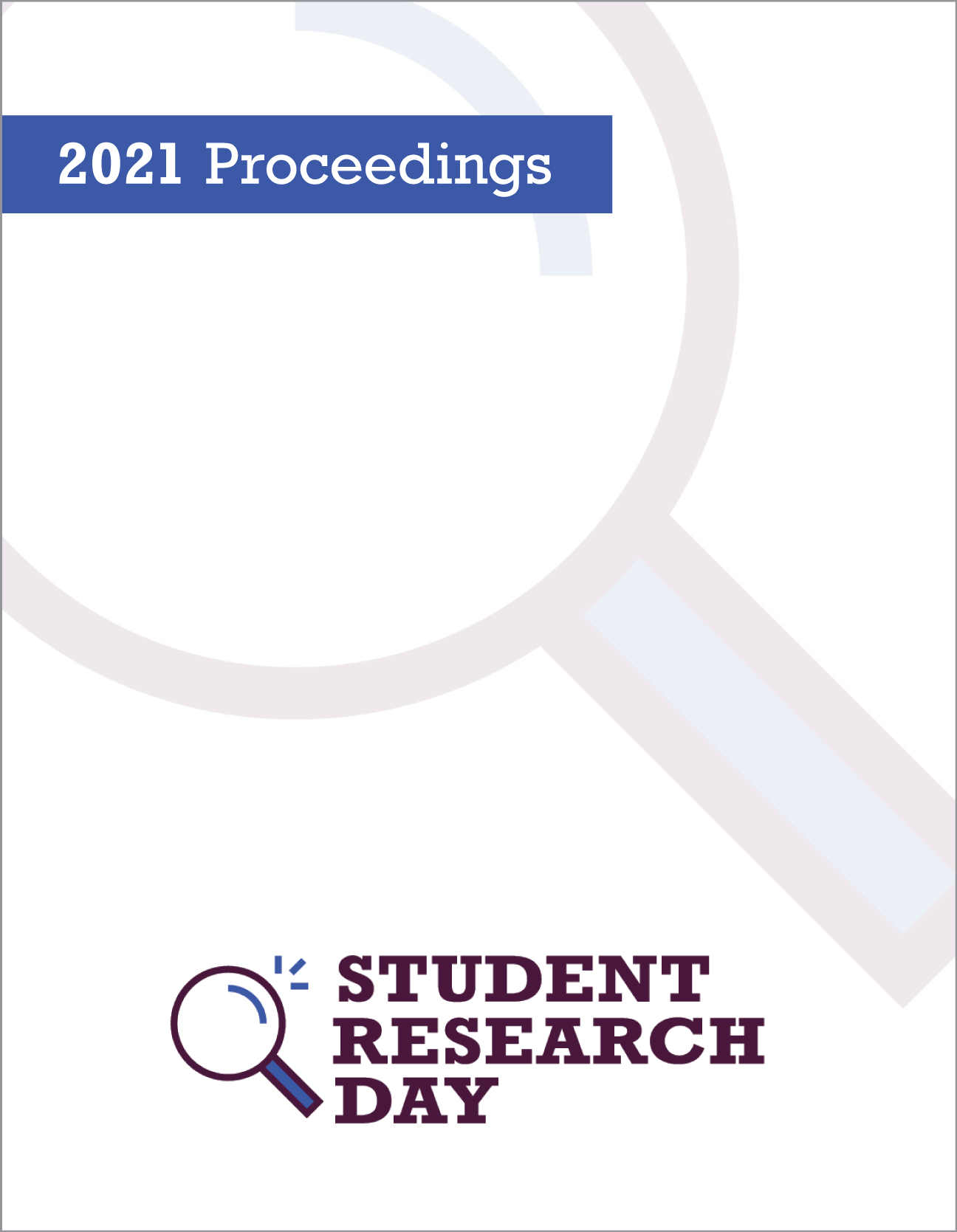What northern pike (Esox lucius) stomach contents reveal about post-management community dynamics in Lac La Biche, Alberta
Abstract
Predator density within freshwater lakes is often manipulated to restore commercially important species; however, such management may inadvertently result in dietary shifts of existing predator populations. The 2005 Fisheries Restoration Program in Lac La Biche, Alberta, was established to recover walleye (Sander vitreus) populations through both bird culls and intensive stocking. Although walleye abundance increased dramatically, other dominant piscivores' responses to management actions, namely the Northern pike (Esox lucius), were less clear. To avoid high interspecific competition for prey fish, pike may shift their diets to incorporate a greater abundance of invertebrates. However, the overall importance of invertivory is community-dependent and remains understudied. To elucidate how pike feeding and community interactions have changed in response to management in Lac La Biche, a stomach content analysis was performed on 121 pike stomachs sampled during Fall Walleye Index Netting Surveys between 2009 and 2013. Piscivory was the most common feeding style (34.1% ±4.7% SE), with yellow perch (Perca flavescens) and coregonids the most common prey. Invertivory and mixed-feeding remained relatively uncommon and stable (4.6% ±2.1% SE and 16.3% ±2.6% SE, respectively). Although invertebrates represent a valuable supplement, pure invertivory as a specialization remains uncommon in this population during the sampled years.
Department: Biology
Faculty Mentors: Dr. David Locky and Dr. Mrinal Das
Published
Issue
Section
License
Authors retain any and all existing copyright to works contributed to these proceedings.



